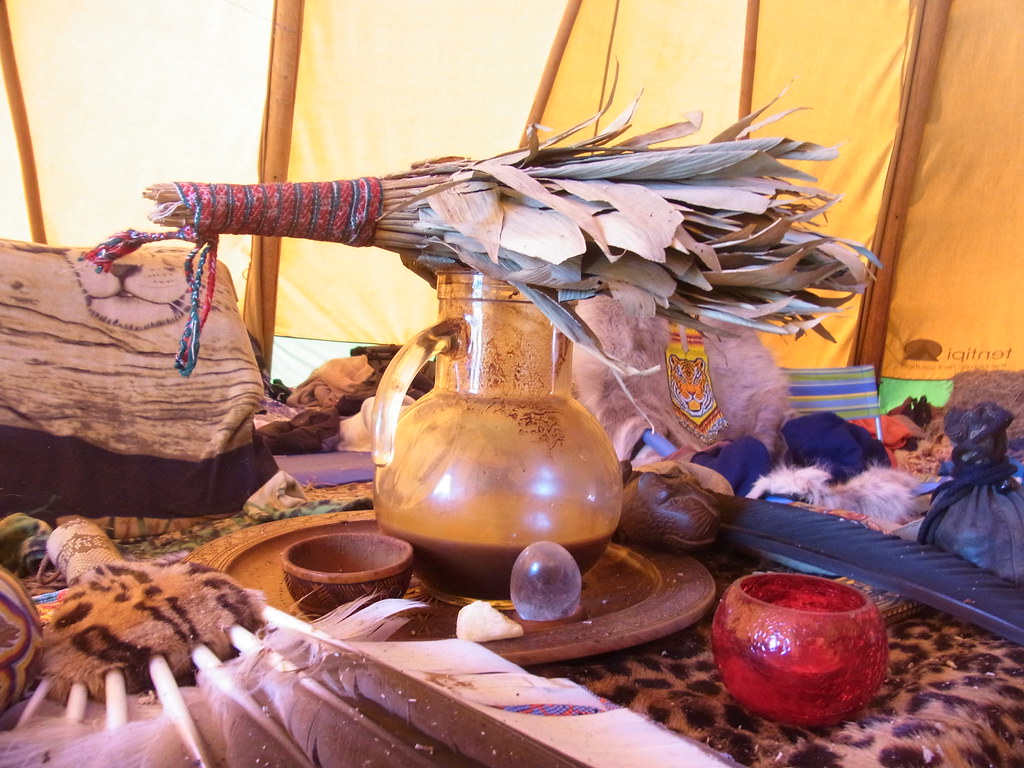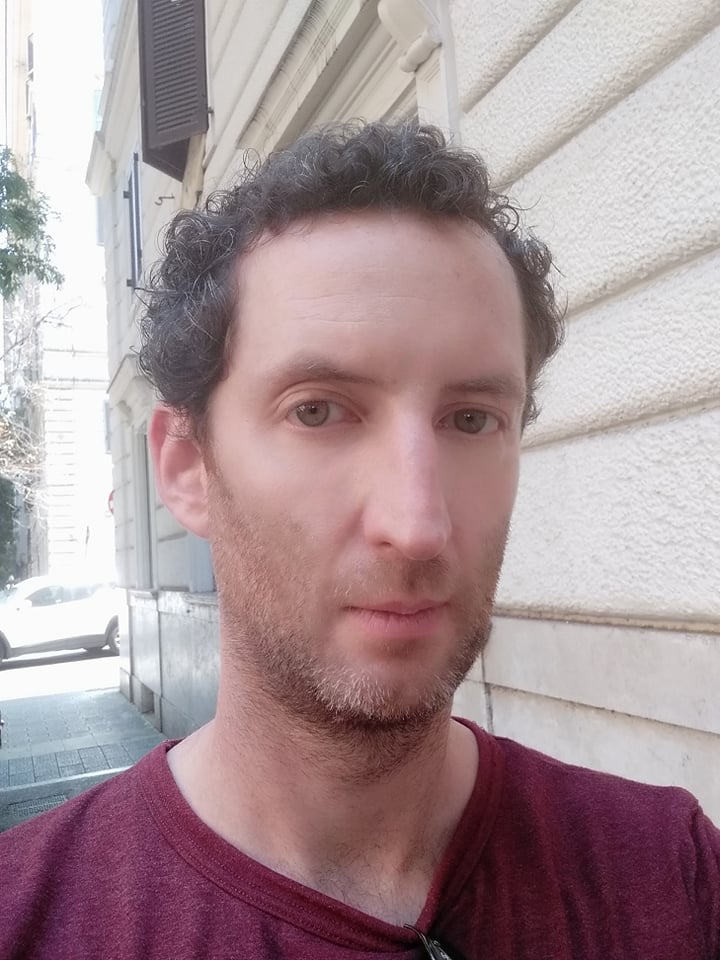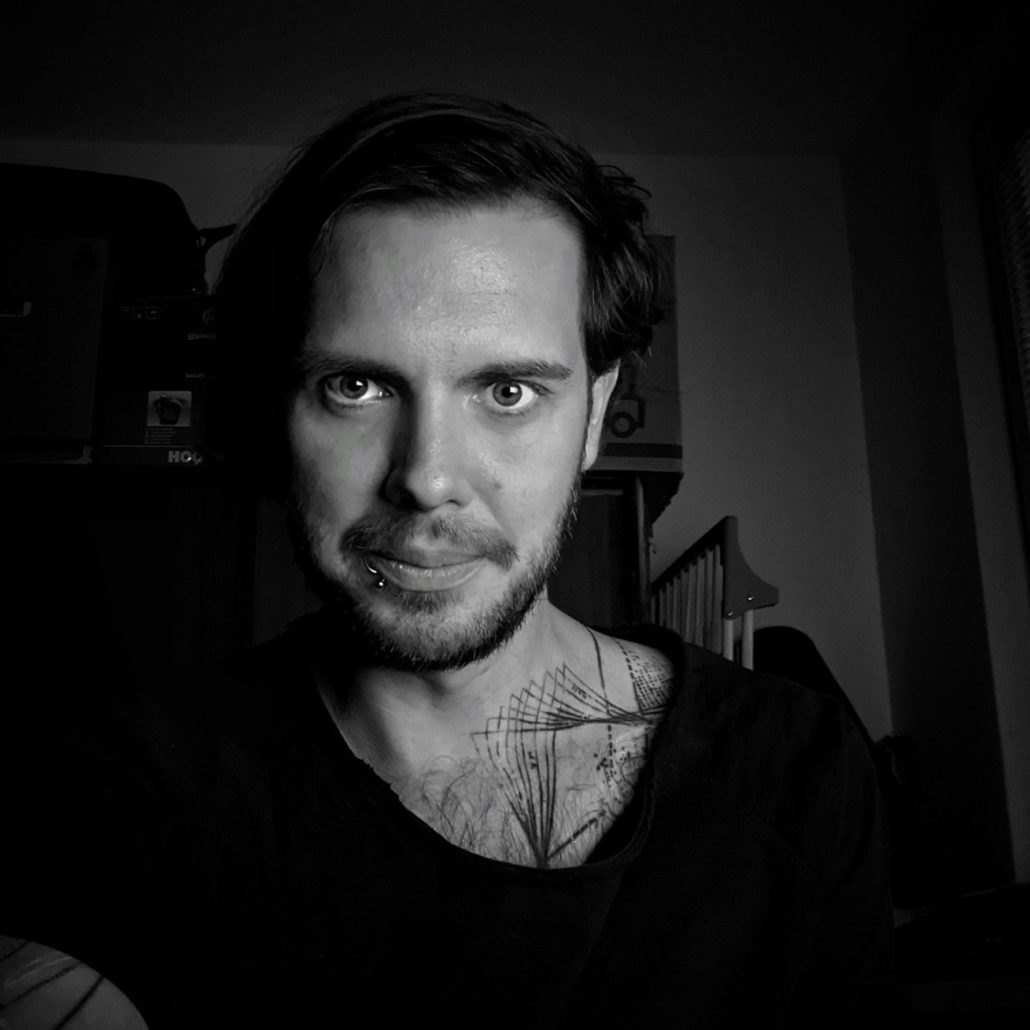The situation regarding the culture surrounding ayahuasca is diverse and complex. It holds a grip on our imagination, possibly fueled by a pop culture which based much of its knowledge on authors such as Mircea Eliade and the psychedelic subculture that is now becoming increasingly mainstream. The psychedelic subculture fueled among others by Harvard psychiatrist Timothy Leary conducted a flamboyant revolution against a prevalent but by now subsided establishment, creating on the one side a propagation of a new venue for promising research and on the other a breach in trust of a delicate and controversial interdisciplinary field. Author Aldous Huxley, famous for having written the Doors of Perception (1954), had in the previous decade spearheaded a movement for the unexpected potential uses of substances such as mescaline, praising the effects of the plants and its mystical inducing effects. Although now ayahuasca is our new collective entheogen—or perhaps wonder-drug—almost a drinkable philosopher stone or golden elixir, a narrative supported with multiple cultures albeit with their unique symbology, we must not forget that psilocybin mushrooms underwent a similar treatment in during the 1960s and 70s. Carlos Castaneda’s popularization with his creative albeit questionable research contributed much to what is currently discussed regarding the colonization of other religious and spiritual cultures. Mexican psilocybin became the object of desire of hordes of hippies crossing the border in pursuit of transcendental experiences, which began to threaten the native species of psilocybin. However, it is worth noting that this phenomenon is not exclusive to psilocybin and has historical precedent with other plant species. For example, tobacco is, in fact, an entheogenic substance among others used in the Amazon, specifically in Brasil. Shamans would smoke 70cm long cigarettes over the course of days to encounter the spirits. Tobacco would also be transformed into a drink or used through the rectum as a tampon taking advantage of the absorbing mucous tissue. The first Spanish colonizers exported the leaf to Europe which quickly caught on also in the Middle East and Central Asia gaining a reputation, culture and repression like that of opium and, for a period, marijuana. The commercialization and globalization of the market of this once upon a time entheogen is possibly responsible for its domestication and phenomenological disenchantment. The culture surrounding the use of ayahuasca thus presents something that is not necessarily new compared to the past especially regarding the exporting and globalization of a local substance. The attitude towards it is perhaps the most striking difference. Ayahuasca, however, is not being conceptualized negatively; on the contrary, it is a psychedelic substance that, although presenting emotionally overwhelming properties, is nonetheless sought out, often as a last resort for issues that range from mental disorders to addiction and existential problems. Personal salvation given by the adequate use of this substance becomes close at hand. This phenomenon is moreover supported by celebrities who, on various occasions, admit to the use of psychedelic entheogens as a solution to their inner dilemmas. It is exactly problem solving that is scattered across the land of its native origin and the industrial Western nations which presents such an appeal, with ‘healing’ being the general term or concept which takes precedent when it comes to motivation.
The adoption of the rituals and in particular, the reinterpretation of them, by some North Americans and Europeans influences their interaction with ayahuasca in two distinct manners: an industry based on tourism and workshops on one hand, and an interest by part of the medial psychiatric establishment on the other. When it comes to the decolonization of ayahuasca and the surrounding shamanic culture I would bring to attention some features about what a shaman is. The idea of shaman which is in contact with nature through proficiency in techniques of ecstasy is perhaps the most common. The shaman is equated in this case to a spiritual teacher not unlike Tantric gurus who supposedly dedicate their life to the spirit with an attitude of selflessness. Under the strong influence of popular media and literature, the western audience has developed its own version of what is to be imagined under the persona of the shaman. Ideally such as spiritual figure is not equated in our Western imagination with profit, an image that is desirable to keep in place to support the idea of the sacred and the mystical which is lacking from a disenchanted culture. This is however a misguided idea; shamans are effectively interested in profit and that the conception of what is classified as spirituality is radically different from that of Capitalist industrialized Western countries. Combining not just the aesthetic appeal built by the psychedelic culture, but also finding bits and pieces of information in several neopagan movements, the hippie movement, ecological movements and several other, mostly counter cultural groups, the shaman has become strongly romanticized. Often imagined as the wise, spiritual leader of a group whose values are contradictory to the neoliberal, commodity obsessed modern society, the shaman should be righteous, altruistic, detached from the craving for goods and strongly intertwined with nature. In addition to all of that, he is seen as a “keeper of secrets”, someone who is able to teach the spoiled, spiritually polluted westerners the ways of the “true existence”. One doesn’t need to dig too deeply to immediately see the archetype of the “noble savage”, which can be traced back at least to the philosophy of Jean-Jacques Rousseau (despite him never using the explicit phrase noble savage—bon sauvage, in his work). This archetype embodies the concept of the outsider, the wild human who has not yet been corrupted by civilization, and as such represents the innate goodness of the society. Many of the stories I’ve heard from travelers seeking the “Ayahuascan experience” were permutations on this idea of “return to the innate goodness”, be it trying to find themselves to escape the “toxicity of civilization”, gain “spiritual purity”, or “learn to understand things better”, or trying to gain healing abilities and the spiritual powers attributed to the shaman. The shared idea was the “appeal of the strength” that the shaman should possess.
On the contrary, the modern as well as historical research on contemporary shamanic societies, or surviving societies of that time, often paints a different picture. Going through the now iconic anthropological works on traditional shamanism by Gavril Xenofontov, or Maria Czaplicka, as well as the well-received publication on Korean Shamanism in modern society by Chongho Kim, deviate from the image of the altruistic shaman and describe the image of shamanism as a profession, a way of earning money and sustaining themselves. Maybe to the surprise of the western idealistic view, shamans had also a life outside of their profession. They were documented as enjoying alcohol or gambling. Their communication with the spirit world was purely noble and respectable, but often vulgar, aggressive, or downright violent. And in no sense of the word could they be described as humble—money, or personal gain was often an intensive motivation behind their profession. The narrative from the Korean Shamanism illustrates how the shaman intentionally buys the cheapest quality of ritual goods, as they are going to be destroyed anyway, or refuses in the state of possession to continue with the ritual if they are not rewarded with increasing amounts of money. Probably of a similar shock would be the interactions between the community and the shaman, where it’s often far from respect and wise leadership, but rather being perceived as a necessary evil. With deep roots in the native culture, shamanism couldn’t be rooted out despite the rapid advancement in medical technology but remained firm in cities and in the countryside alike. Nobody from the respondents was proud to use the services of the shaman, but rather was it a source of shame.
The usefulness of decolonization should, however, not flow excessively into ideologies as its excess can lead on the other hand to an excessive protection and limitation in usage. This can also inflict mistaken ideas which lead to cases of limiting what is the natural transformation of a religious tradition in contact with globalization, an inevitable rite of passage which is evidenced in the shaman’s adoption of modern and contemporary symbolism which defy classical or traditional imagery. A general lesson in projection of expectations. The purpose in my perspective is to realize that shamanism and shamans are way closer to our mode of thinking than we previously expected. They are not necessarily detached from material interests even if these are focused on different objects than that of western industrialized culture. Now where does this leave us in the question of decolonization? I would say somewhere in between. As Bernd Brabec de Mori and Olivia Marcus mentioned, the process of decolonization shouldn’t be limited to returning the land of the former colonies, but rather also to the respect of the native traditions and their place within the culture. On the other hand, as we could see from the examples, shamanism is often in the native communities not a lifestyle (how the westerners would like to perceive it and practice it), but rather a profession, with its ups and downs. As Marcus was describing her experience of visiting Peru and being immediately associated with the Ayahuasca-tourism of the Westerners, similar experiences I’ve heard also from several of my respondents. Shamanism is a profession and professions adapt to the environment. Where is demand, they will offer their services. If the demand is for “shamanic show of spiritual ascension” for the Western audience, I would assume they adapt their practices, if it’s properly compensated. If the demand for a more traditional shamanic ritual is needed, for a member of the community, it is also not out of the question. Supply and demand are constantly mutually influencing each other, and I think that this is also the case of shamanic practices. Shamans are not transcendental beings detached from this reality, who should be venerated, nor the backwards savages who should be looked down upon. Can we talk about exploitation, or appropriation? Certainly, but at the same time, exploitation and appropriation could be seen also as mutual. The power relationships based on the wealth of the participants might differ but are still all relevant factors.
References
- Czaplicka, Marie A. 2014. Siberian Shamanism. New York: Createspace Independent Publishing Platform.
- Friedrich A, Buddruss G. 1955. Schamanengeschichten aus Sibirien. München-Planegg: Otto Wilhelm Barth-Verlag.
- Harner, Michael J. 1990. The Way of the Shaman. New York: Harper & Row.
- Huxley, Aldous, e Aldous Huxley. The Doors of Perception ; and, Heaven and Hell. New York: Harper & Row, 1963.
- Kim, Chongho. 2018. Korean Shamanism: The Cultural Paradox. London: Taylor and Francis.
- Ksenofontov, Gavril. 1929. Shamanizm i khristianstvo. Irkutsk: tip. Vlast’ truda
- Ksenofontov, Gavril. 1955. Schamanengeschichten aus Sibirien, edited and translated by A. Friedrich and
- Narby, Jeremy. Cosmic Serpent: DNA and the Origins of Knowledge. Reprint edition. New York: Jeremy P. Tarcher/Putnam, 1999.
- «pagani-altrove.pdf». Consultato 3 febbraio 2022. https://www.samorini.it/doc1/alt_aut/lr/pagani-altrove.pdf.
- Partridge, Christopher H. High Culture: Drugs, Mysticism, and the Pursuit of Transcendence in the Modern World. New York: Oxford University Press, 2018. Pinchbeck, Daniel. Breaking Open the Head: A Psychedelic Journey into the Heart of Contemporary Shamanism. Reprint edizione. New York: Crown, 2003.





